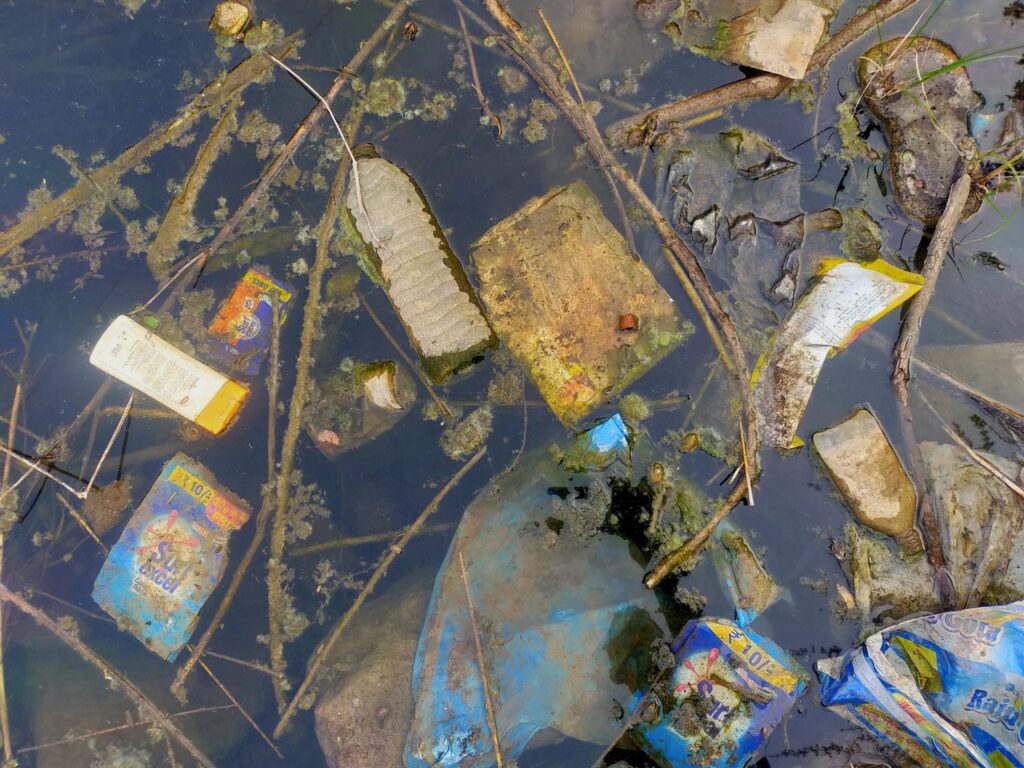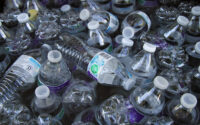Hazardous pollution impacts, by your plastic contribution!
An Article by Linwood Nicolas Jr
The Love for Fish!
“Fish! I love fish! I’ve been around fish all my life you know. I eat fish, swim with fish, and even have some fish that are my pet!” Says Mason Conanico, a college student from Kailua, Hawaii. However, when I asked him how would he feel if he could never see fish again? His entire facial expression changed. He states “Awe man, that’s a tough thought to have. A lot of my life would be totally different from the way I live now. Yeah man, that’s a sad thought. Definitely makes me sad.” Well that’s soon to be the case with the intensification of plastic pollution consecutively and exponentially increasing its impacts on ecosystems. Sooner if not already, its impacts on humans AND fish will be beyond correction. Besides, a lot of fish species are already on the verge of going extinct.
The Problem!
Over the past decade or so plastic pollution has seemingly been increasing exponentially and has at least slowed down. Marine Biologist Claude Reynolds says “Think about this, there is 71 billion pounds of plastic in our oceans. That’s about 57,000 Blue whales.” This has been a direct effect of humans who are responsible for the plastic pollution. And thus, its impacts are credited to our conduct in routine life activities. We opt for cheaper ways of packaging our products without knowing that the effects are catastrophic in the long run.
Why is plastic the bad guy!
Research shows that every minute cases of plastic pollution in our surrounding environments are uncountable. Science has shown the chemical compositions of plastics, and this has provided aid in the justification of its pollution impacts. Plastics contain compounds that do not biologically degrade easily in the environment. A chemical such as Bisphenol A (BPA) is a chemical that is used in a variety of consumer products, such as water bottles, dental composites and resins used to line metal food and beverage containers. BPA can adversely affect reproduction of future generations of fish (source). Peer-reviewed research from sage journals shows that the effects of such chemicals occur for very long extended periods. The impacts are even worse when fish ingest the plastics upon confusing them for food. They are not at all digestible and remain in the fish guts creating a false impression that they are full, when they are in fact not.
The other side.
Despite these impacts, some counterarguments refute the banning of plastic. Another College Student, but this time a resident of Pennsylvania, states “I mean yeah, I’m down to reduce plastic pollution, but like what else are we going to use that works as efficiently?” When asked their positioning on the plastic issues. Secondary sources from case studies written by plastic producing industries argue that banning plastic use will lead to worse alternatives, such as (Stafford, & Jones, 2019). Other primary source magazines argue that plastics manufacture has its benefits such as reduction of energy use.
Alternative to Plastic?
Critical thinking of these critics by secondary sources from Nat-geo-world shows in some ways, they are right. Some alternatives are better than others. For example, a huge alternative to plastic is stainless steel. Stainless steel is tough and easy to clean, and options for reusable food and beverage storage made of stainless steel have multiplied in recent years. You can replace single-use cups, kitchen storage, lunch boxes, and more with this durable metal. Another alternative is glass. Although glass is not biodegradable, it is inexpensive and infinitely recyclable.
What does this mean to Humans?
We do need to agree that the best course of action results in the long-term good health of humans as well as the marine species. Although effects of pollution are most felt on the aquatic ecosystems, this affects us, humans, both directly and indirectly. The estimated number of plastic pieces in the world’s oceans is 5.25 trillion. When fish go extinct, it deprives future generations of food, which is undoubtedly a catastrophic impact. You lose the experience of visiting fish in the aquariums around the world. Majority of marine life parks would close, eliminating family trips with children. Also, primary sources from laboratories show that some compounds in plastics are carcinogenic and would hugely impair human health. The best plan of action to mitigate this problem is to develop stricter measures on the use and manufacture of plastics (Stafford, & Jones, 2019). Hence this will aid in limiting plastic pollution contribution.
References/Research
-Awuchi, C. G., & Awuchi, C. G. (2019). Impacts of plastic pollution on the sustainability of seafood value chain and human health. International Journal of Advanced Academic Research, 5(11), 46-138. (Peer reviewed)
-Center For Biological Diversity. (2021). Ocean Plastics Pollution. Biological Diversity.org. Retrieved 15 October 2021, from https://www.biologicaldiversity.org/campaigns/ocean_plastics/. (Gray literature)
-Galafassi, S., Nizzetto, L., & Volta, P. (2019). Plastic sources: A survey across scientific and grey literature for their inventory and relative contribution to microplastic pollution in natural environments, emphasizing surface water. ScienceDirect. (Peer Reviewed)
-IUCN. (2019). Marine plastics. IUCN Issues Brief. Retrieved 15 October 2021, from https://www.iucn.org/resources/issues-briefs/marine-plastics. (Gray literature)
-Johnstone, C. (2019). Small plastics are a big problem | Chesapeake Bay Program. Chesapeakebay.net. Retrieved 15 October 2021, from https://www.chesapeakebay.net/news/blog/small_plastics_are_a_big_problem.
-Macleod, M., Peter, H., Tekman, M., & Jahnke, A. (2021). The global threat from plastic pollution. Science. Retrieved 15 October 2021, from https://www.science.org/doi/full/10.1126/science.abg5433. (Peer-reviewed)
-Moore, C. (2021). plastic pollution | Sources & Effects. Encyclopedia Britannica. Retrieved 15 October 2021, from https://www.britannica.com/science/plastic-pollution. (Gray literature)
-Parker, l. (2019). Plastic pollution facts and information. Environment. Retrieved 15 October 2021, from https://www.nationalgeographic.com/environment/article/plastic-pollution. (Gray literature)
-Stafford, R., & Jones, P. J. (2019). Viewpoint–Ocean plastic pollution: A convenient but distracting truth? Marine policy, 103, 187-191.
-Wang, Y. L., Lee, Y. H., Chiu, I. J., Lin, Y. F., & Chiu, H. W. (2020). Potent impact of plastic nanomaterials and micromaterials on the food chain and human health. International journal of molecular sciences, 21(5), 1727. (Peer-reviewed)
-Yokota, K., Waterfield, H., Hastings, C., Davidson, E., Kwietniewski, E., & Wells, B. (2017). Finding the missing piece of the aquatic plastic pollution puzzle: interaction between primary producers and microplastics. Limnology and Oceanography Letters, 2(4), 91-104. (Peer-reviewed)





